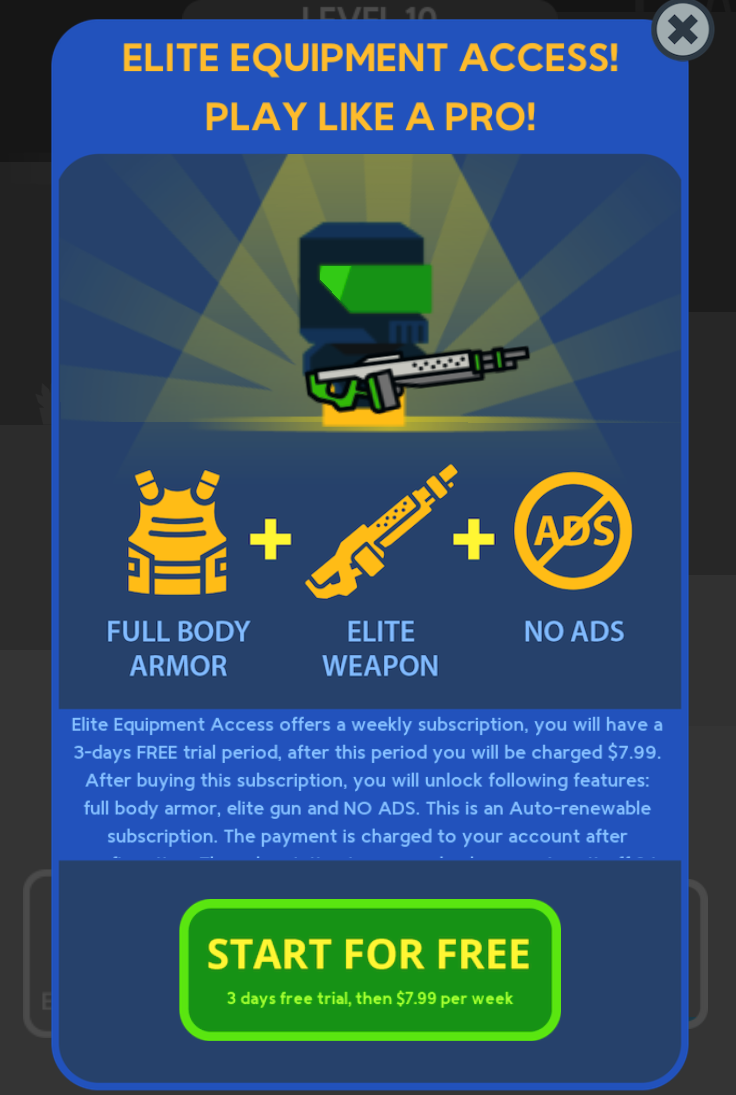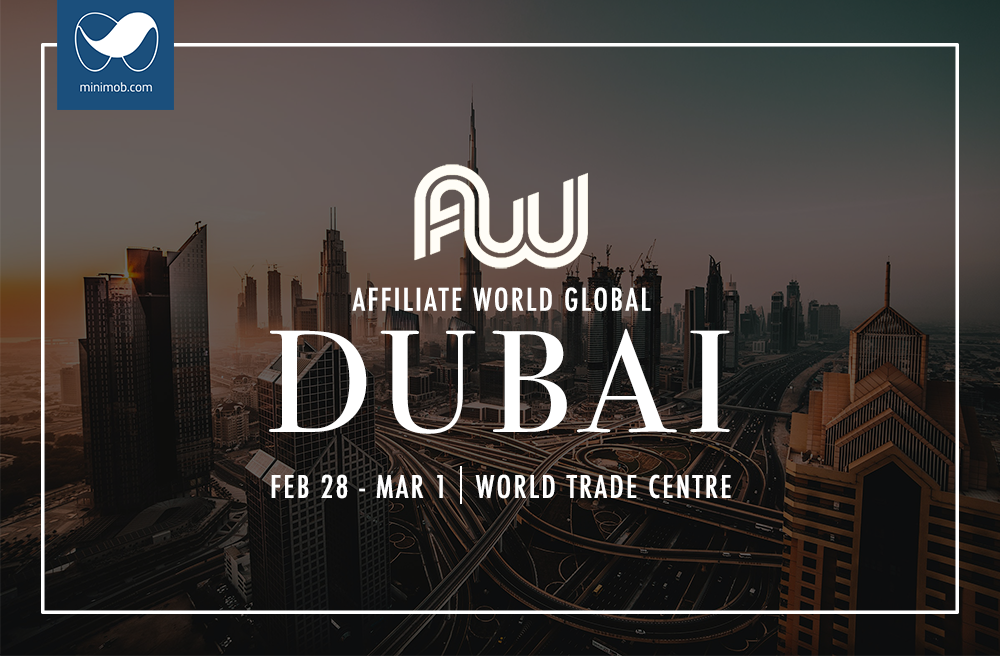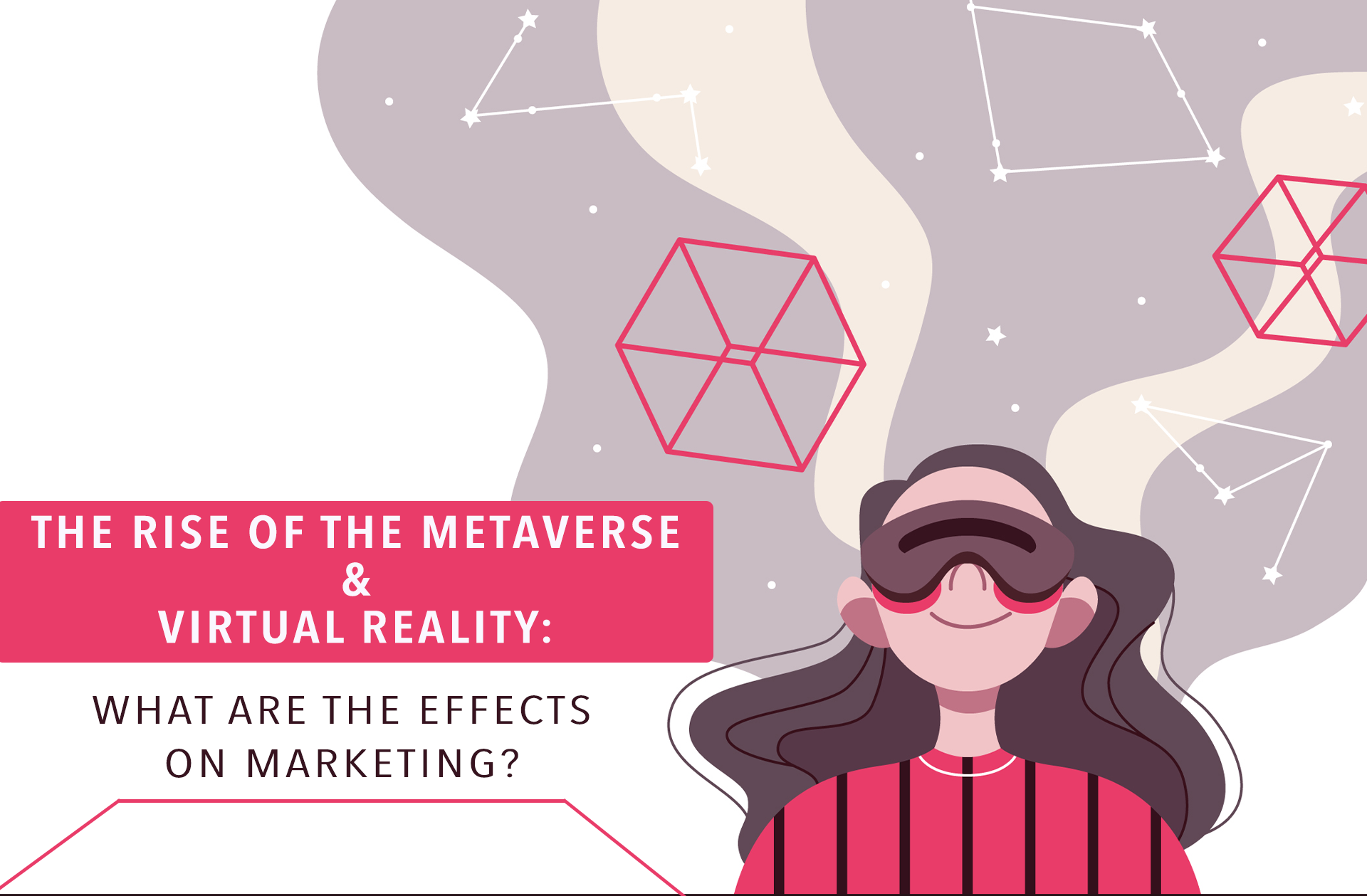Have you ever found yourself download an app for a specific reason, maybe because you saw an ad, an offer, or a had a use in mind that drove the download but only ended up using it once and forgetting it ever existed after? I do this as a mobile user.
This has been commonly termed as churn rate, bounce rate, or retention rate and is often seen as an adverse action on the users’ end, as it halts conversion. However, is this the end of that particular user’s journey? It is certainly not! This so-called “negative action” presents itself as a tremendous opportunity if harvested in the right way. This right way is what we marketers call Retargeting.
What is Retargeting?
Mobile app retargeting refers to the strategy where ad campaigns are created to target the users who have previously installed your app. Based on specific mobile user behavior, you can serve personalized ads to encourage the user to re-engage, re-install, or even complete a down-funnel conversion. This is possible through the usage of cookies, device identifiers, SDKs, and third-party data.
This can single-handedly be one of the most potent strategies for mobile apps due to the infamous statistics that float around on the internet. After that first open, 1 in 5 users forget about that app entirely, 21% of mobile users will abandon an app after just one use, 80% of users across all verticals abandon an app they downloaded by month 3, and many more.
Let’s Paint a Picture
Mr. X downloaded an e-commerce app that sells jackets. He was browsing and added a grey jacket to his cart. He exited the app for XYZ reason and never returned to it after.

As an app marketer, my goal does not stop at an install, but rather at a conversion where a sale occurs. In this scenario, it is apparent that for some reason, Mr.X was browsing for jackets – maybe he wanted to purchase one, or gift one, or was merely window shopping and wanted to know the total cost of the coat. No matter the reason, a marketer should always invest in the intent. There was a clear intent here to look for jackets in this scenario. Sometimes all a potential user needs is a slight push that urges them towards completing a conversion. This is where a retargeting ad makes its entrance.
Mr. X might be scrolling through another app, let’s say a news app, where he suddenly sees an ad for the same green jacket he had put in his cart on the e-commerce app. This might remind him of that jacket and push him to click on the call-to-action button and finally buy the coat.

This is just one example of how retargeting can help recycle users your app has already or had gained.
A Dash of Statistics for Proof

Source: Giphy
Retargeting ads can occur in several places on mobile, including on the mobile web and within apps.
These mobile ads are meant as a way to drive users back into an app, where they are likely to spend up to 3x more than in other channels. A few more stats to consider:
- 53% of paid clicks occur on mobile devices, according to SEO Tribunal
- Appearing in mobile search ads results can increase brand awareness by 46%, according to Google
- Visitors retargeted with ads are 70% more likely to convert, according to SEO Tribunal
I think you get the point. Retargeting is not an option, it is a must!
How Is This Different From Remarketing?
Remarketing and retargeting are terms that are commonly used interchangeably. Although these terms share the same goal of reaching out to and ultimately converting previous users, the strategies used to get there are different. Remarketing is a bigger umbrella where retargeting is a specific strategy. Display ads are not the only way to reach out to users – there are other ways such as emails, SMS, push notifications and etc. Retargeting should be employed along with all these different strategies to reach full effectiveness.
The Know-Hows of Retargeting
1. Lapsed Users shouldn’t be the only focus
Many apps rely on retargeting solely to win back customers who have stopped using their apps. While it’s critical to re-engage lapsed users, it’s equally as essential to prevent app users from slipping in the first place.
It is common to see that users drop off quickly a week after the initial install. While retention rates vary by how app users were initially acquired, that first week is a crucial time to retarget users, pull them back into your app, and keep them engaged.

Source: Adjust
If you don’t remind users to return to your app soon after they install, there’s a very high chance they’ll never come back. For eCommerce apps, according to Criteo, once you re-engage an app user through retargeting after that initial app install, shoppers are 30% more likely to return and shop within the app without further encouragement. This is an example of how you can use retargeting as a retention strategy. Thus, along with retargeting campaigns, other retention strategies are just as important. Click here to read about other user retention tactics.
2. Creatives will make the whole difference
You allocate significant design resources to your paid user acquisition campaigns, so why not put the same effort into your retargeting campaigns? The quality of your creative assets has a direct impact on the effectiveness of your campaigns – regardless of where these campaigns fall into the customer journey. Another reason to focus on original quality is that studies have shown consumers are exposed to anywhere between 3,000 and 20,000 ads per day. Make sure yours will cut through the clutter.
A classic example is when a user is already active on your app. As mentioned above, these users should be retargeted too, but how? Users can be served with retargeting ads such as the one below, where it is a typical “app download” creative, however, showcasing items the users have not seen before, therefore creating an urge to play/buy. This process helps improve the lifetime value of the user, even though he/she is already a fervent fan.

Source: Mr. Gun
3. Personalization is key
Shopping cart abandonment is a perfect example of personalized retargeting, as depicted at the start of this article. Say a user is perusing your retail app and adds a pair of jeans to their cart. They then get distracted and leave the app. You (the app) can use the item in that user’s shopping cart (in-app event data) in personalized retargeting ads (e.g., display or social ads) to remind that use of their interest and encourage them to complete the transaction. By clicking the in-depth linked ad, the user will be seamlessly routed back to their cart within the native app – rather than to the mobile web or the app’s home screen.

With this ad, you’ve re-engaged an app user, prompted a conversion, and collected useful user behavior data to inform future retargeting campaigns. Personalization also has a positive impact on retention: A study by Localytics shows “apps that mostly target their campaigns see an 18 percentage point advantage in retention over apps that send mostly broadcast campaigns.”
4. Frequency capping is directly related to user behavior
Retargeting is a balancing act. Serve one too many ads to the same user, and the ads will go from adequate to invasive. But the turning point is different for every app. It depends on the audience, vertical, and the app’s brand equity since ads are more powerful if an app has already built a reputation.
The optimized number of how many ads to show that will remain appropriate and effective is the holy grail that you need the determine. Be aware of the discrepancy in what works best, so measure carefully. Some users are more sensitive than others and stop taking action if too many ads have been served, while some may only take effect after seeing a considerable number of ads. More importantly, you need to note the incremental value of each impression/action to answer the question: “what if I had stopped at ad #2?” With this, you can understand the number of ads that generate the most lift, as well as when you should stop serving ads.
5. Measure incrementality, not ROAS
When retargeting active users, you run the risk of giving your retargeting partner credit for actions that would have happened anyway. Your ROAS (Return on Ad Spend) looks great, but you don’t realize that you are wasting ad dollars since some of your users would have made purchases organically. This happens all the time. Advertisers, encouraged by the high ROAS, scale their campaign, not realizing that they are failing to drive incremental value.
To adequately evaluate retargeting, you need to measure incrementality. To do so, randomly split your audience into two groups—a control group and a target group. The control group will not receive retargeted ads. The target group will. Typically, incrementality is measured over six to nine weeks, depending on audience size and campaign budget — enough time to reach a significant percentage of your audience. When the campaign ends, compare the total spend of your target group with the total spend of your control group and compare that difference to your ad spend.
To make it simpler, here is the math –
Let’s say you spend $15K on a retargeting campaign. Your control group makes $10K worth of purchases. Your target group spends $30K.
$30K (target group spend) – $10k (control group spend) = $20K
$20K (difference between target and control group spend) – $15K (your ad spend) = $5K
The incremental value of your retargeting campaign is $5K. This is a much more effective way to measure your retargeting efforts and will help you avoid misattributing actions to campaigns that aren’t actually adding value.
Retargeting is Essential for Your App Success
In a nutshell, with more and more consumers online with access to almost unlimited information and products, retargeting has become essential for all brands. This strategy allows you to place your brand in the mind of the user and is one of the easiest ways to spread brand awareness and eventually get users who convert. It is integral to an excellent digital marketing strategy where retargeting serves the purpose of reminding and pushing your user deeper and deeper down the conversion funnel.
If you wish to receive these articles directly to your inbox, subscribe to Minimob’s very own #mininewsletter!





